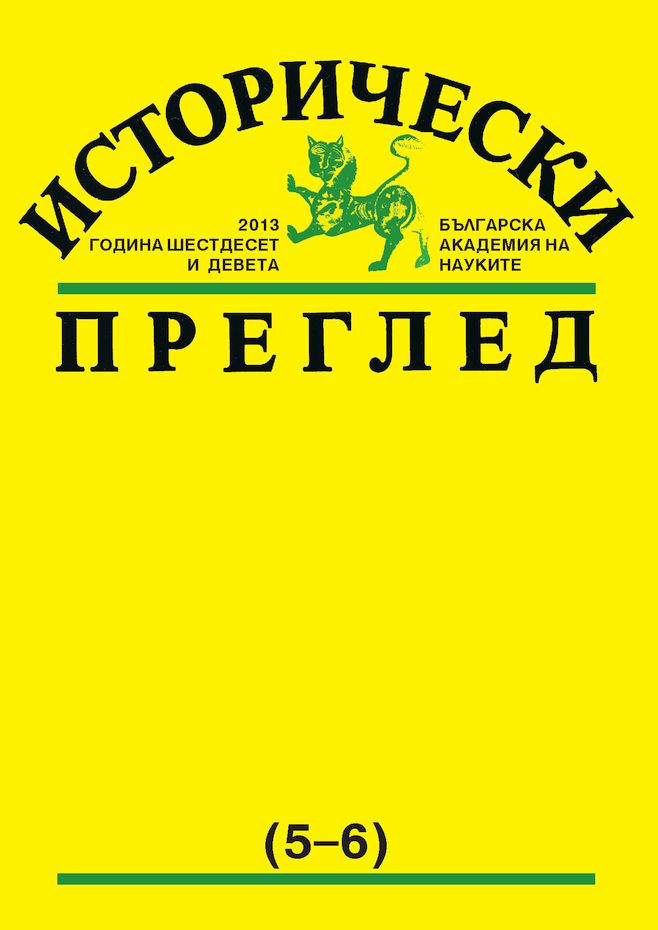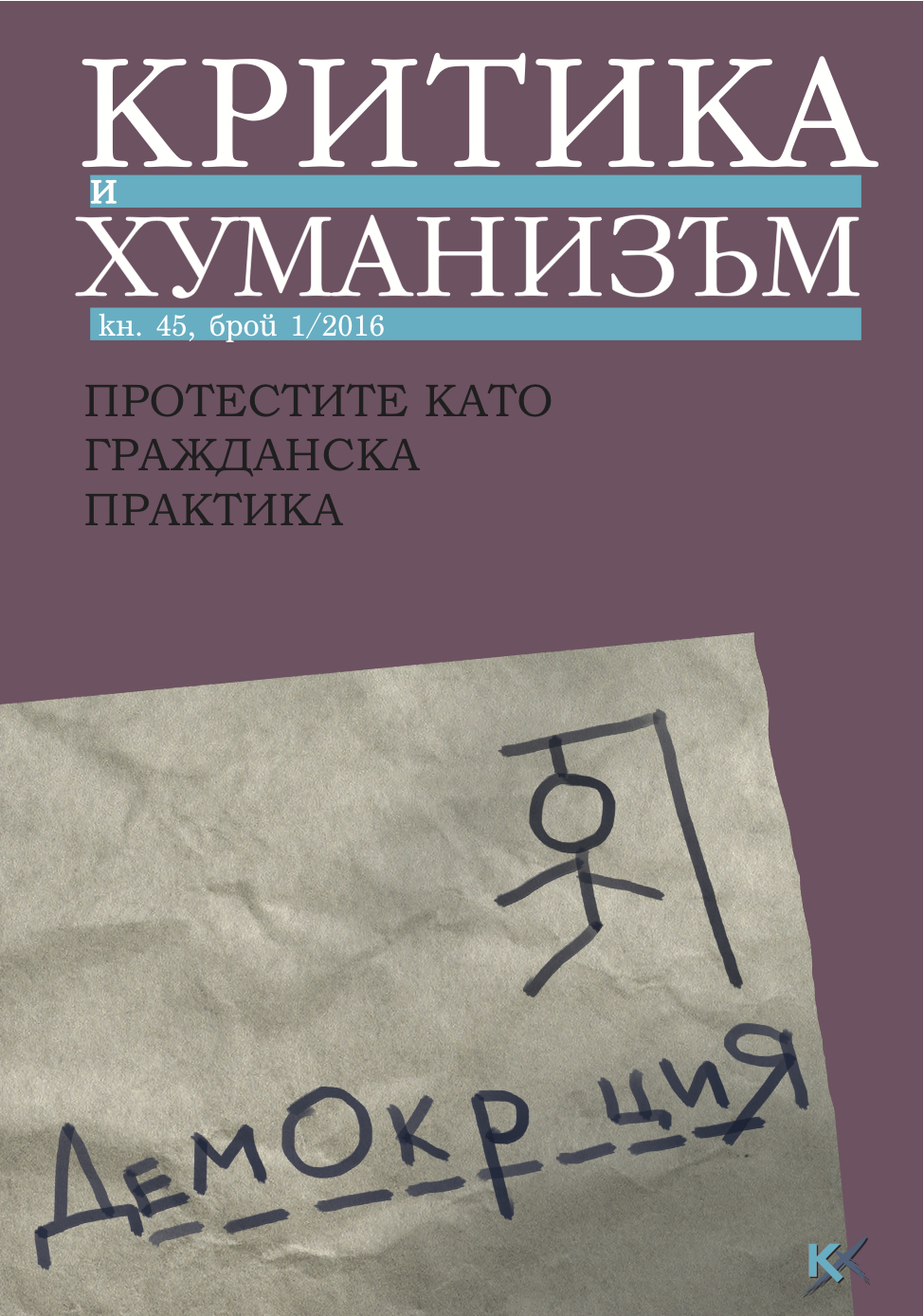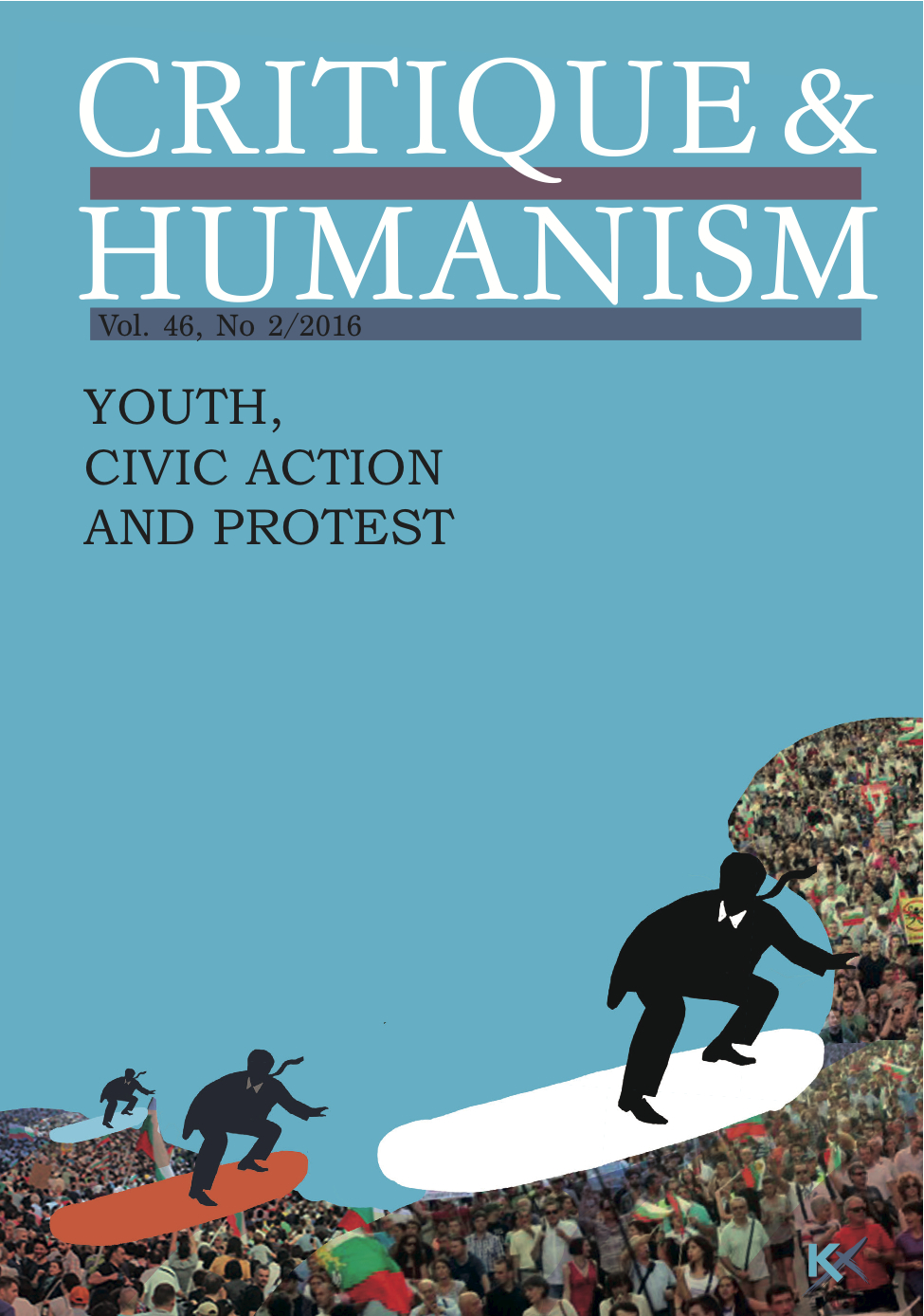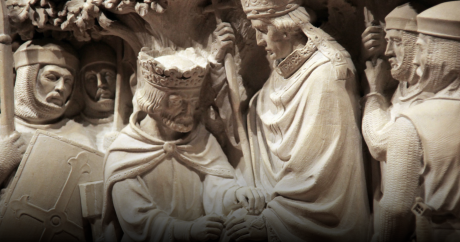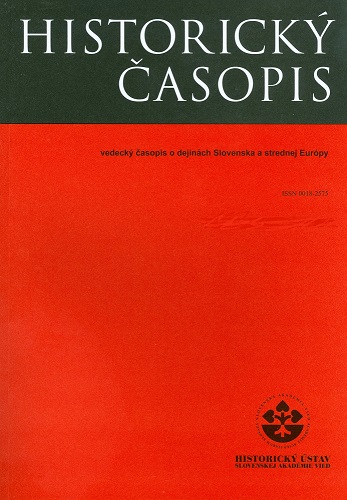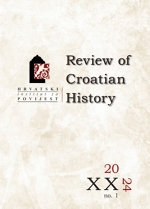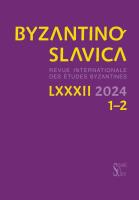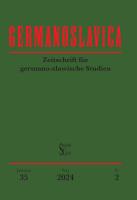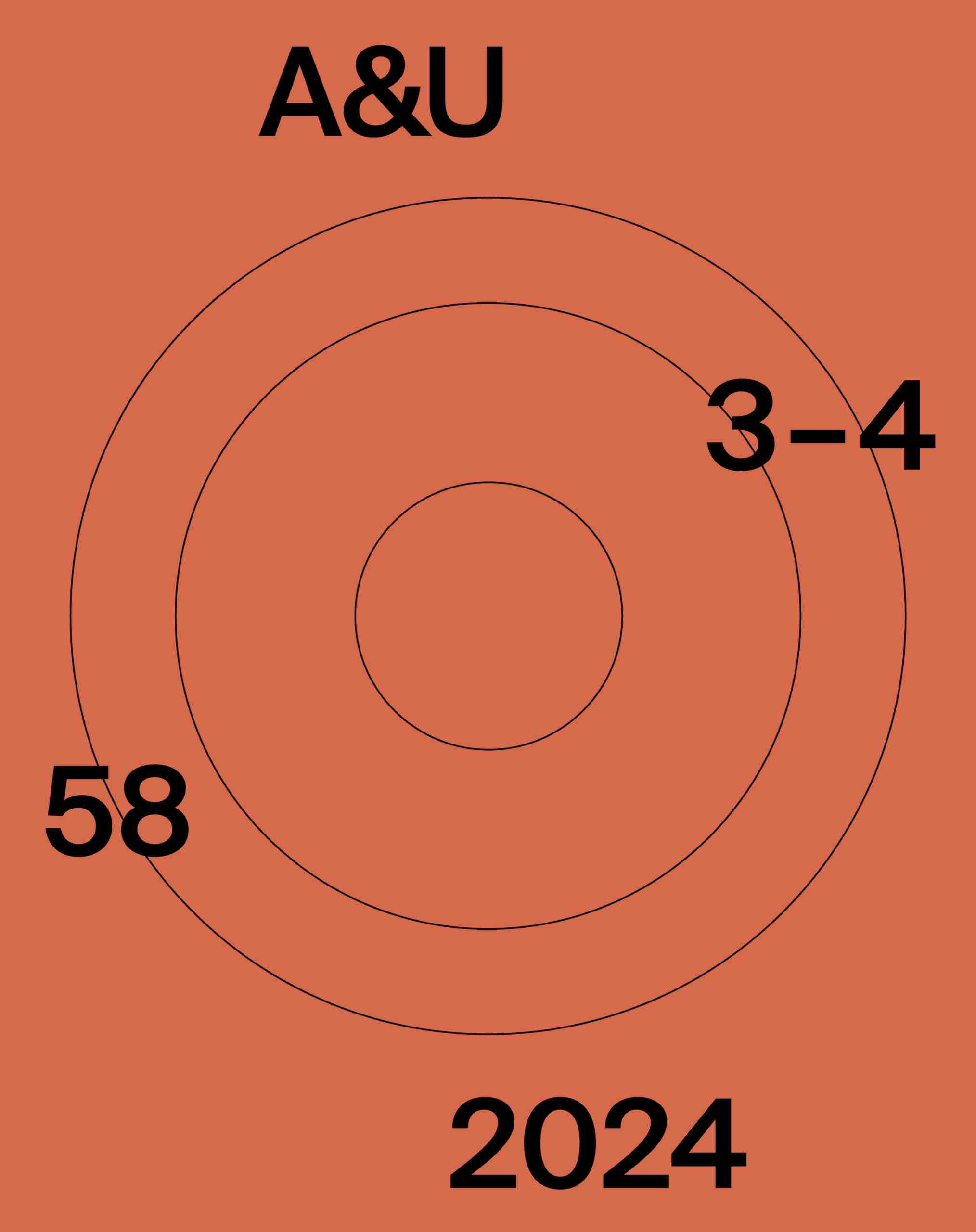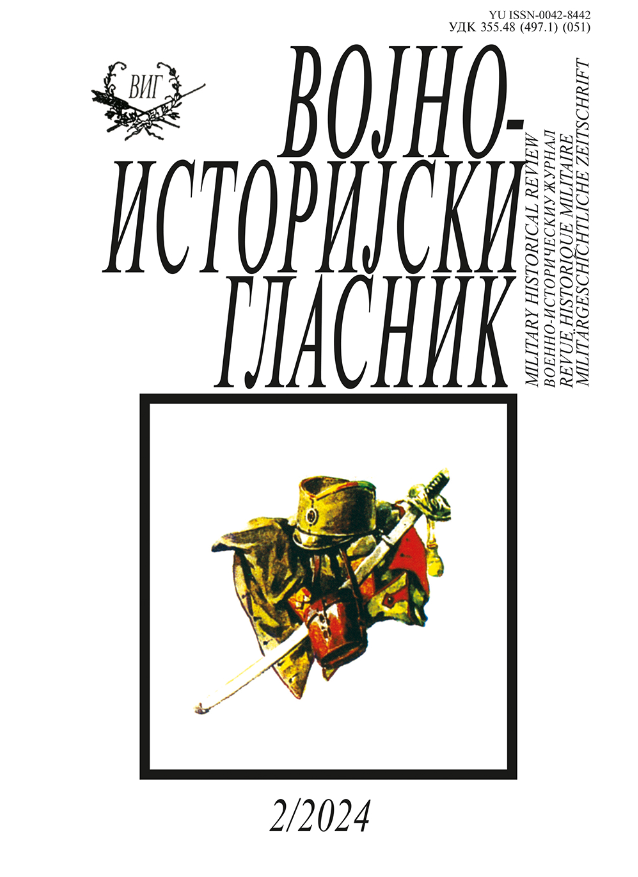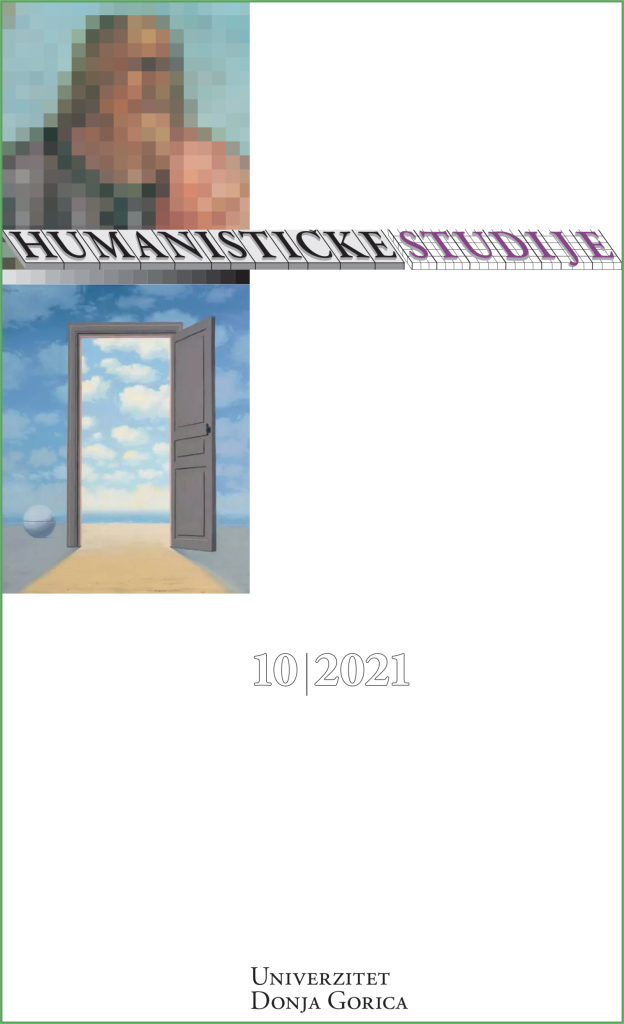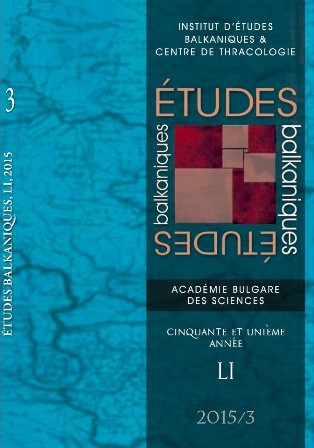
The Figures of the Communist Power in Bulgarian and (Post-)Yugoslav Cinema
This article is the first result within the research project entitled The Memory about Communism Constructed in Post-Yugoslav and in New Bulgarian Cinemas (1990 – 2011) whose goal is to explore in a comparative perspective the discursive models of imagining of the near past – the so-called communist / socialist epoch constructed in the films produced after 1989 in Bulgaria and in the previous Yugoslav republics. In the text, the topic on communism legacy in cinema is discussed in its two forms: 1) movies made during the historical period 1944 – 1990 and 2) movies resurrecting the near past in the course of the latest decades. Precisely is outlined the pattern of representations before 1989 in Bulgarian and Yugoslav cinematographies and the significant ideological tropes launched by the political regime in order to establish its power and values: mythologization of the Resistance – emergence of the partisan’s film ‘genre’, glorification of the political leader – Tito, Georgi Dimitrov and Todor Zhivkov. The author points to the differences in building up of the cinematic cult in Bulgarian and in Yugoslav context. Further, the discursive shift in depicting the political leaders is traced emphasizing that in the Bulgarian version the figure of the communist power was multiplied via the images of Georgi Dimitrov, Todor Zhivkov and Lyudmila Zhivkova.
More...
